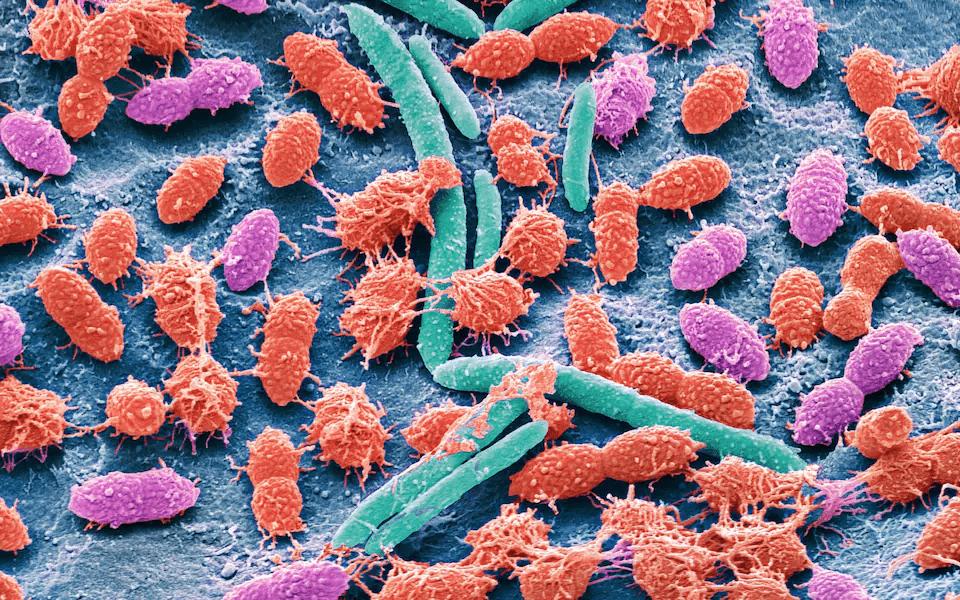KEY TAKEAWAYS
- The study aimed to investigate the compliance rates with NCCN Guidelines for the evaluation and treatment of anemia among patients with cancer.
- Researchers noticed a prevalent gap in adherence to NCCN Guidelines for anemia management in patients with solid tumors.
NCCN Guidelines for Hematopoietic Growth Factors recommend evaluating and treating anemia in cancer patients, yet data on compliance remain scarce.
Demetra Hypatia Hufnagel and the team aimed to address this gap by assessing adherence to these guidelines.
They performed a retrospective cohort study of patients diagnosed with any solid tumor at Vanderbilt University Medical Center from 2008 to 2017. Tumor registry-confirmed cancer cases were identified by ICD-O codes using the Synthetic Derivative database. Anemia was defined as hemoglobin (Hgb) level ≤11 g/dL and graded according to CTCAE version 5.0. Absolute, functional, and possible functional iron deficiency were defined based on NCCN Guidelines.
About 25,018 patients met the inclusion criteria, with a median age of 60 years. The most common malignancies were respiratory tract, prostate, and nonprostate urologic (11% each). Among 8,695 patients with Hgb levels available prior to diagnosis, 1,484 (17%) were noted to be anemic proximal to diagnosis. Of the 25,018 patients, 11,019 (44%) were anemic within 6 months of diagnosis. Of these patients, 4,686 (43%) had grade 2 (moderate) anemia, and 9,623 (87%) had normocytic anemia. Patients with retroperitoneal/peritoneal cancers had the highest prevalence of anemia (83/110; 75%).
A total of 4,125 (37%) underwent any evaluation of their anemia, of whom 1,742 (16%) had iron studies performed and 1,528 (14%) had vitamin B12 or folate studies performed. Fewer than half of patients with anemia received treatment (n=4,318; 39%), including blood transfusion (n=3,528; 32%), oral iron supplementation (n=1,279; 12%), or intravenous iron supplementation (n=97; 1%). Anemia treatment was significantly more frequent as the grade of anemia increased (any treatment among grade 1/mild: 12%; grade 2/moderate: 31%; grade 3/severe: 77%; χ2 [2, n=11,019]=3,020.6; P<.001). Patients with penile and testicular cancers had the highest prevalence of anemia evaluation (n=57; 79%).
The study concluded that compliance with NCCN Guidelines for evaluation and treatment of anemia among patients with solid tumors remains suboptimal. Opportunities exist to enhance guideline adherence and improve the standard of care for anemic cancer patients across the continuum of cancer management.
No funding information was provided.
Source: https://pubmed.ncbi.nlm.nih.gov/38489926/
Hufnagel DH, Bos LM, Brown AJ, et al. (2024). “Compliance With NCCN Guidelines for Evaluation and Treatment of Anemia Among Patients With Solid Tumors.” J Natl Compr Canc Netw. 2024 Mar 15;22(3):e237108. doi: 10.6004/jnccn.2023.7108. PMID: 38489926.



